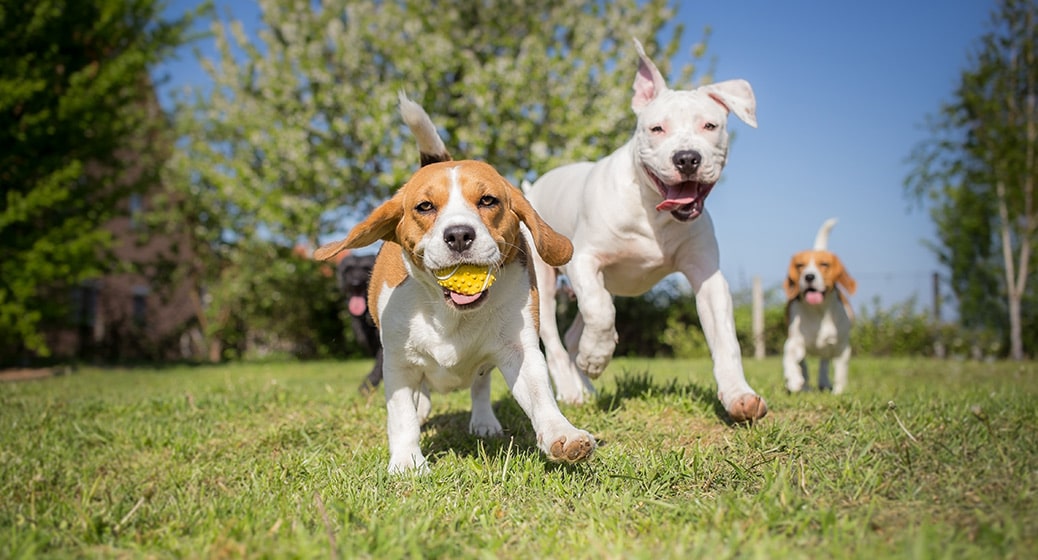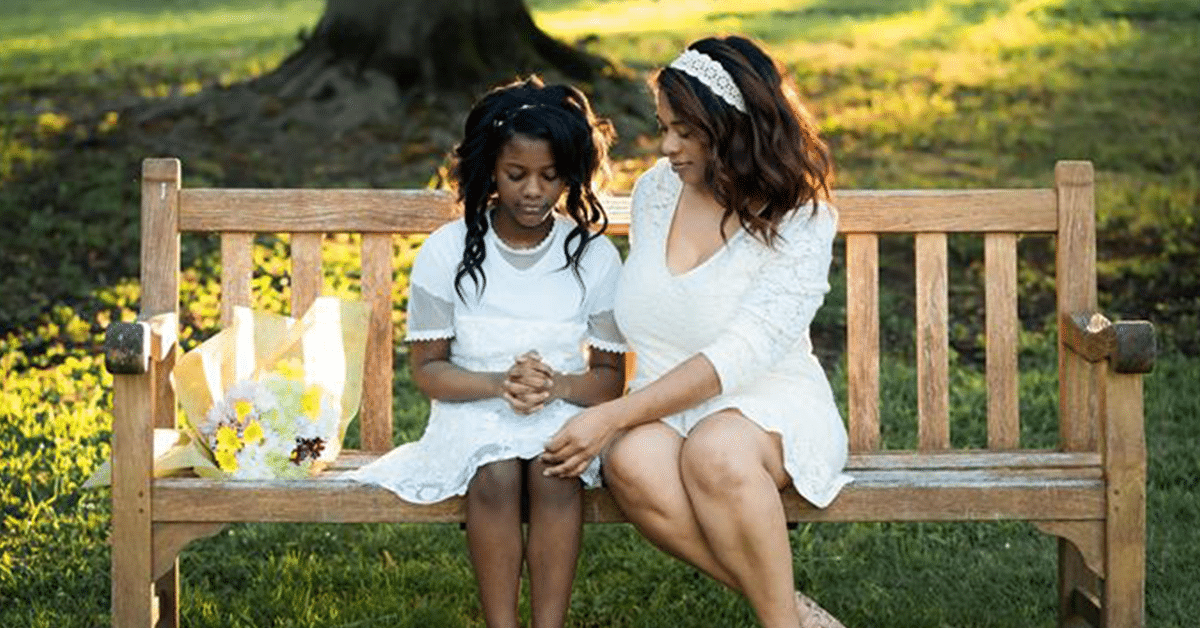Contrary to popular belief and wishful thinking, dogs do not just live in the present.
They remember. And they recall. Past hurts and abuses and unfair behavior by people and other dogs are not spiritually wiped from their memories as though dogs exist in a perpetual Nirvana.
They remember love and kindness, and they remember (and recoil) from those places or people or circumstances that hurt them, or treated them unkindly, especially on walks or in the dog park.
Dogs feel.
They feel jealousy. Love. Hurt. Perhaps even hope.
They live very rich emotional lives, and dog parents need to be keenly aware of this reality, or your dog-human relationship will soon sour and distress both of you.
There’s lots of science to support these concepts, perhaps in some cases grudgingly, but dog behaviorist Victoria Stilwell has no reason to doubt these canine emotional truths.
She says that we can not truly understand a dog’s emotions, because they are uniquely dog. And trying to explain “dog” in human terms, leads us to misinterpret what a dog is truly feeling.
“But,” she says, “ask any dog “owner” (Pet Parent or Pet Guardian is always the preferred term-we do not “own” dogs) if their dog has emotions, and the answer is almost always an emphatic ‘yes!’”
In my work I often hear how “unconditional” a pet’s love is.
That what we wear or how we look or the kind of job we have doesn’t affect our dog’s love for us.
True.
But that doesn’t mean the love is “unconditional.” That’s a sentimentalization.
As Dr. Marc Bekoff, probably the country’s leading ethologist reminds us, a dog’s love for us is conditioned on our love for them, and above all, our respect for their autonomy. Even their “personhood.”
Writing in Psychology Today, Bekoff asks us to let dogs be dogs, not property, not an extension of ourselves.
He urges us to “become fluent in “dog” (dog literate) and learn more about who dogs truly are and the dog-human relationship, and what they need from us so they can express their “dogness.”
There is no “universal dog,” he says, “and the quality of your partnership requires that dogs be free and as autonomous as possible.”
The dog-human relationship is already overly asymmetrical.
They depend on us for everything:
When to eat and what.
When to go out and where and for how long.
How long they have to be left alone while the pet parent is out working or socializing.
Dogs also are exposed (against their wills) to the emotional conditions of the home in which they live, and the stress and moods of the people with whom they share their lives.
Dogs depend on us for getting timely medical care-and if we can’t afford it, it’s they who suffer. Or die as a result.
None of us could live this way.
Why do we expect our pets, especially dogs, who are incredible sentient and loving, to live this way?
Calling a dog “good” or “bad” because they don’t do what you want them to do, is wrong-headed, unkind and repressive.
They’re entitled to their own freedoms, and the more freedom “to be a dog” a dog has, the happier the dog is.
If you want to go to the dog park and your dog doesn’t, Bekoff says, then you go!
If your dog does and you don’t, get someone to take her.
Dogs have done very well without direct human intervention for many years. And many still do.
Only around 25% of the billion dogs on our planet are homed canine companions.
And dog behaviorist Marco Adda tells us that free-ranging dogs, also called free-roaming dogs, village dogs, stray dogs, are dogs roaming free and without restriction by humans.
That doesn’t mean they don’t associate with people—sometimes they do.
Are they happier and healthier being closer to their “authentic dogness?”
So the inevitable question is, should we have dogs as pets? Should we have any pets at all, or is that an act of “involuntary submission?”
How we walk our dogs gives us insight into the kind of relationship we have with our our canine companions.
Keep in mind:
* That it’s the dog’s walk. Not yours.
If you’re on your phone chatting, or trying to get the walk over quickly so you can get to an appointment while walking your dog, you’re not paying attention to your dog, and are not prioritizing her needs.
It’s her walk. Ideally, it’s both your walks, sharing discoveries and joy.
* A dog’s sense of smell is absolutely breathtaking. It’s the way they interpret the world, the way they find out what’s going on in “the hood.”
It’s how they catch up on who’s doing what.
If you jerk your dog away from his “smelling” or don’t let him stop and sniff, you’re on your way to creating a neurotic, unfulfilled, unhappy dog companion.
Let them linger as long as they need.
* But this is not to say the dog walks you, pulling you along.
It’s a partnership. A mutually rewarding, caring and shared experience that builds bonds and makes for a happy and fulfilling connection.
* It’s always best to walk your dog on your right. This way, if you meet another dog walker, that dog will be on the walker’s right, avoiding any head-on problems.
But above all, have fun. Don’t overthink it. Respect each other’s autonomy, and create a joyful and fulfilling partnership.
Keep Reading
Want more? Here are some other blog posts you might be interested in.








